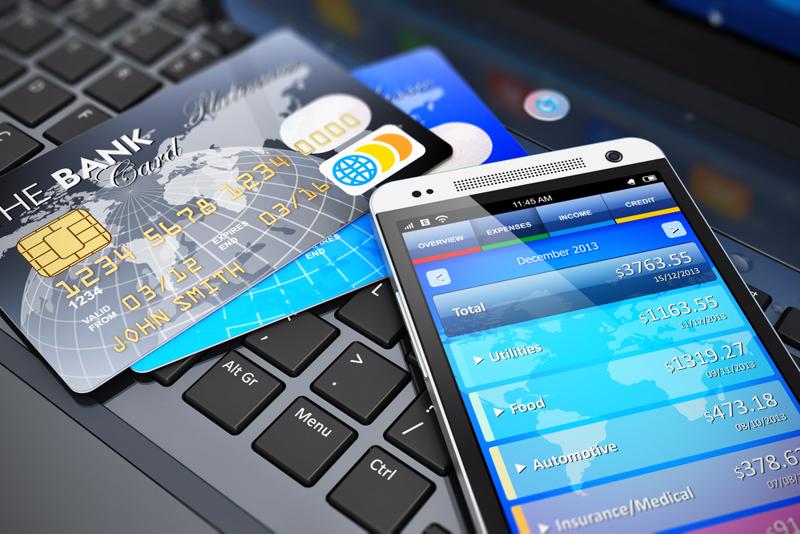
How IoT is transforming the banking industry
By Max BurkhalterAugust 19, 2020
Almost every industry has been profoundly impacted by new internet-connected technologies, especially those that are consumer-facing. The need for real-time data collection and analysis tools is only increasing as more customers demand personalized shopping experiences. In the banking industry, organizations are using the new sources of data to understand consumers' buying habits and financial health, drive new lines of business and create an entirely digital banking experience.
During this period of transformation, financial institutions have had to consider the role that the internet of things plays in this new banking landscape. With an estimated 81% of U.S. consumers using mobile banking applications at least nine days per month, according to research from Citibank, it's never been more important for banks to incorporate digital transformation into their operations.
Improving the banking experience
Whether consumers visit a physical branch or do their banking online, IoT technologies are helping create more convenient and personalized experiences. The most obvious example is ATMs, which have been a common sight at banks, grocery stores and gas stations for decades. These automated machines remove the need for consumers to wait in long lines at brick-and-mortar locations, providing greater access to their savings and checking accounts. Automated banking lines are another traditional example of IoT in the banking industry — with a quick phone call, consumers can move money between accounts, make payments toward personal loans and even apply for new debit cards.
Moving forward, however, banks are turning to newer IoT technologies to improve the user experience and reduce their overhead costs. For example, a 2020 article from Business Insider noted that some banks have started using "beacons" to send customized offers to patrons when they visit a branch in person. This move toward customer-centricity is helping banks design products that appeal to specific demographics and streamline their mobile applications for younger audiences. Of course, the data they collect is also being used to create customer profiles and learning materials aimed at improving consumers' financial health. This sort of focused content creation can go a long way toward building trust and customer loyalty in today's oversaturated marketplaces.

Enhancing security and privacy
Another common use case for IoT in banking has to do with account security and the privacy of customer information. According to the most recent End-of-Year Data Breach Report from the Identity Theft Research Center, there were a total of 135 reported data breaches at banking, credit and financial institutions during 2018 alone, resulting in more than 1.7 million exposed records. Given the negative impact of these large-scale security incidents, banks have had to upscale their cybersecurity and authentication processes. As Business Insider explained, IoT integration has enabled banks to adopt blockchain technology as part of their security practices. When used for authentication, blockchain can prevent hackers from altering customers' identity credentials, reducing the risk of identity theft and brute-force attacks.
Ultimately, the more physical security devices and connected systems are added to an IoT network, the greater the potential for data theft and exploitation. This has led to significant investment in IoT encryption and vulnerability testing tools aimed at securing data in transit. If hackers can gain access to a single endpoint or security device, they can use that footing to launch institution-wide malware attacks or steal a massive amount of customer information. In this way, IoT has pushed banking firms to prioritize cybersecurity at every level, from core networking infrastructure to mobile banking applications and beyond.
Capitalizing on data analytics
Financial and banking institutions are also using IoT functionality to forecast future trends and market conditions through deep data analytics and predictive modeling. This insight is vital for creating new products and services that may not be readily available in the wider marketplace. For example, by collecting data on mobile banking and application usage, key decision-makers can discover whether it's worth investing in new application development solutions or rolling out updated functionality to existing apps.
Interestingly, the same data analytics systems helping banks increase their profitability are also helping solve key cybersecurity challenges. As noted in a June 2020 article from IoT For All, banks are incorporating facial recognition and loitering detection systems to combat fraud at brick-and-mortar branches and ATMs. When run through a powerful analytics platform equipped with machine learning capabilities, banks may be able to create automated threat detection systems for physical and digital environments.
Implementing this advanced functionality may require banks to revisit their networking architecture and integrate powerful connectivity tools built for complex operations. Perle offers industrial-grade networking equipment designed for big data applications and compatible with IoT systems. Our reliable console servers enable secure remote console management of any device with a serial or USB console port.
To learn more, read some of our customers' success stories.



